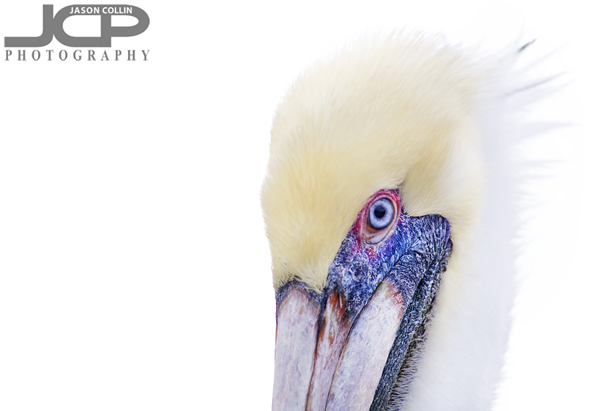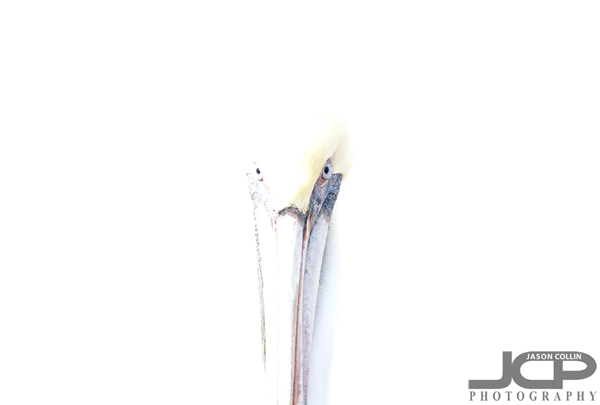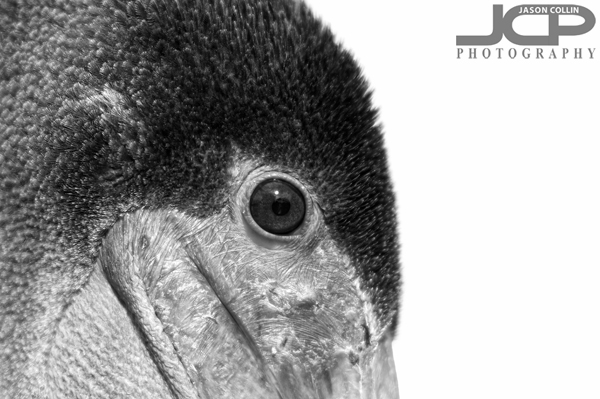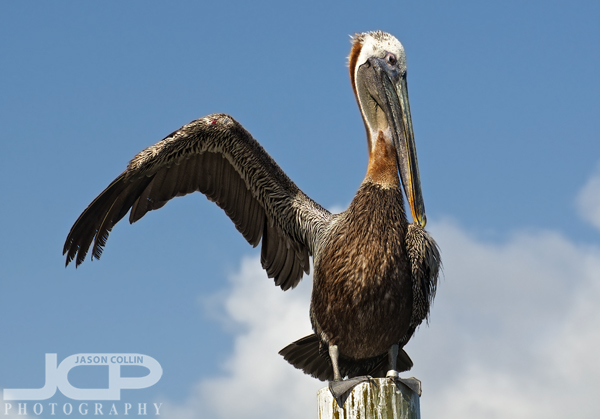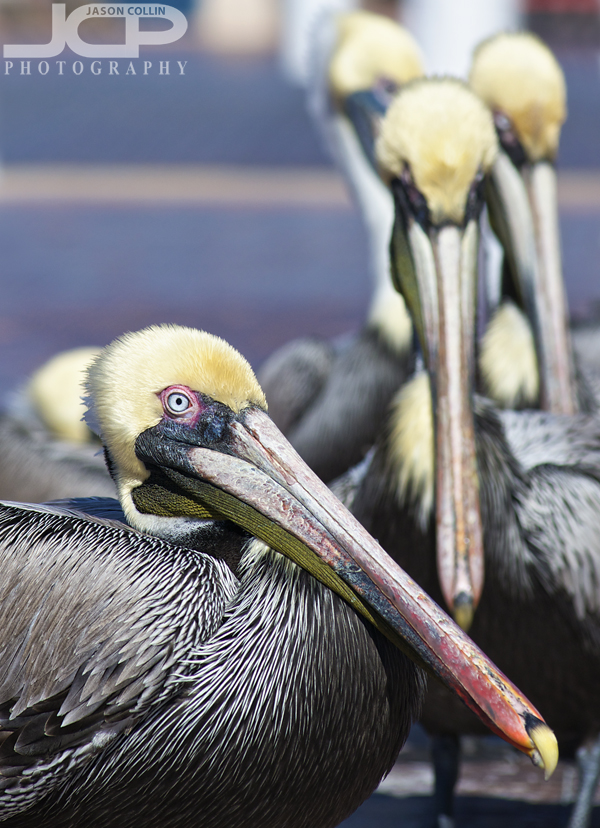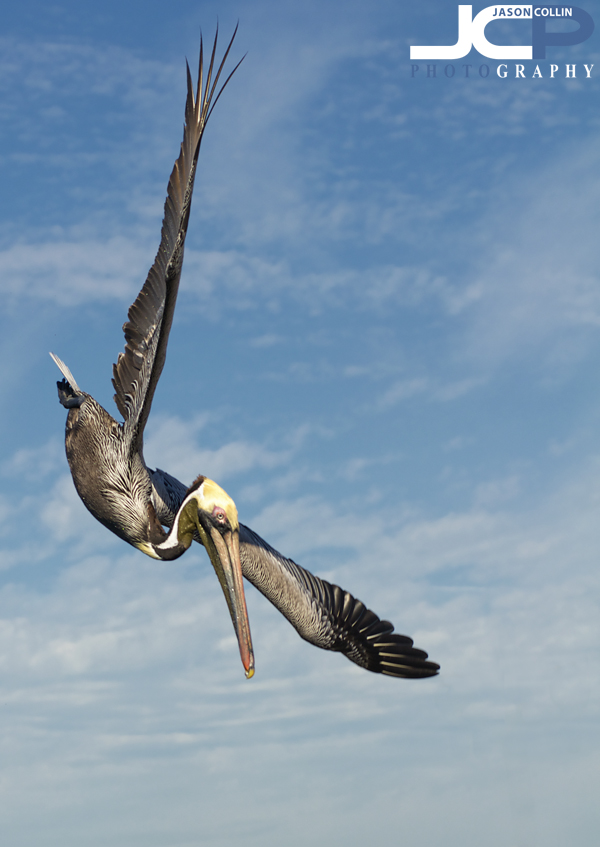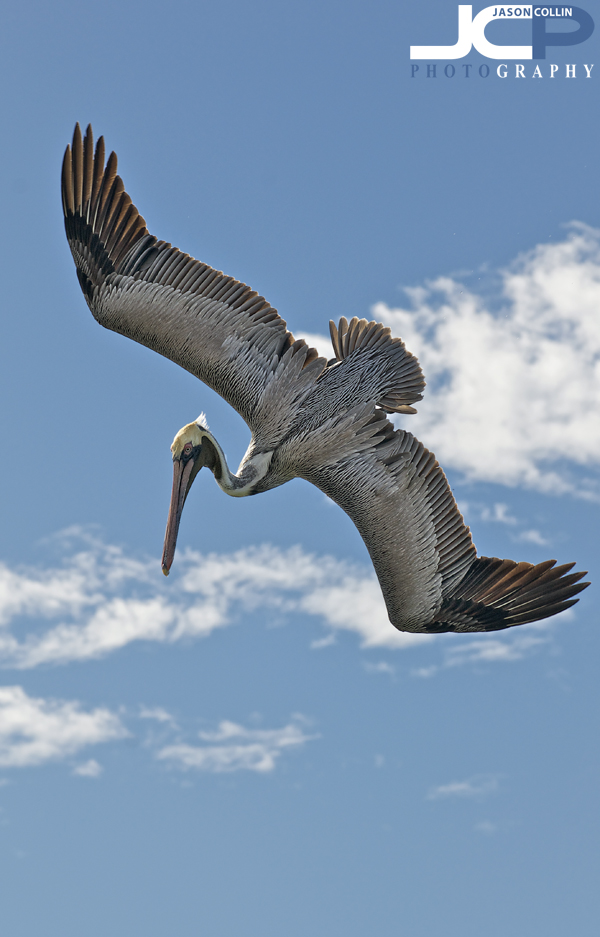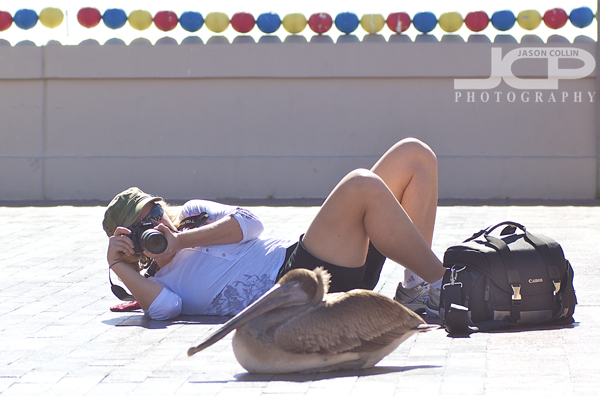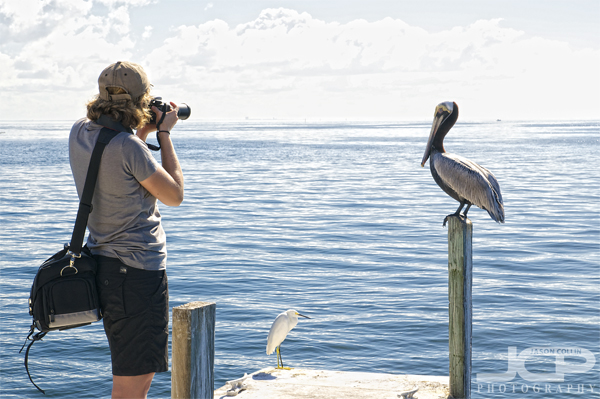 Mari photographing a pelican during our 1-on-1 DSLR photography lesson in St. Petersburg FloridaI had not seen Mari (as a photography student, though I see her every week at the dog park) since Halloween so today we just got our fourth of four 1-on-1 DSLR Photography Lessons in before Christmas. We started the lesson answering a lot of her questions she accumulated since we last met, especially about shooting around dawn. In particular there were issues with getting a focus lock in such low light and also being able to get enough exposure given that she handholds these shots. The focus tips I gave her should remedy those issues and I reminded her how to gradually increase the ISO as needed to be able to handhold shots even in very low light.
Mari photographing a pelican during our 1-on-1 DSLR photography lesson in St. Petersburg FloridaI had not seen Mari (as a photography student, though I see her every week at the dog park) since Halloween so today we just got our fourth of four 1-on-1 DSLR Photography Lessons in before Christmas. We started the lesson answering a lot of her questions she accumulated since we last met, especially about shooting around dawn. In particular there were issues with getting a focus lock in such low light and also being able to get enough exposure given that she handholds these shots. The focus tips I gave her should remedy those issues and I reminded her how to gradually increase the ISO as needed to be able to handhold shots even in very low light.
After this we once again headed out to The Pier to photograph somoe of our favorite subjects, pelicans! The sun was blazing even on this afternoon just two days from winter, but we made best use of the harsh light as we could by positioning ourselves in at least side lit conditions. We got as close to the pelicans as we dared, who were mostly obliging though one did snap at me a bit. I cannot blame him though.
I look forward to seeing how Mari puts together all we have learned as she continues to photograph the beauty of St. Petersburg, Florida.


